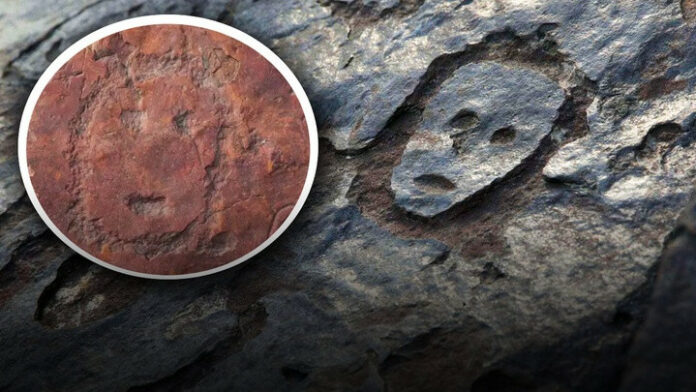Unprecedented Drought Unveils Hidden Treasures
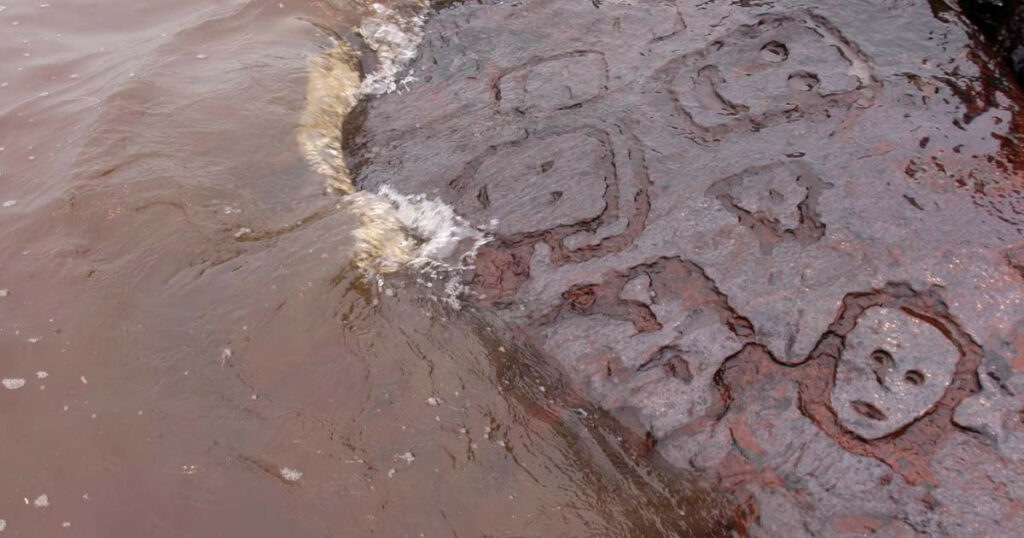
An extreme drought in the Amazon rainforest has led to a remarkable archaeological discovery. As water levels in the Negro River, a major Amazon tributary, dropped to historic lows, over 100 ancient rock carvings emerged from the riverbed. These petroglyphs, potentially up to 2,000 years old, offer a fascinating glimpse into the artistic and cultural practices of ancient Amazonian societies.
A Canvas of History Revealed
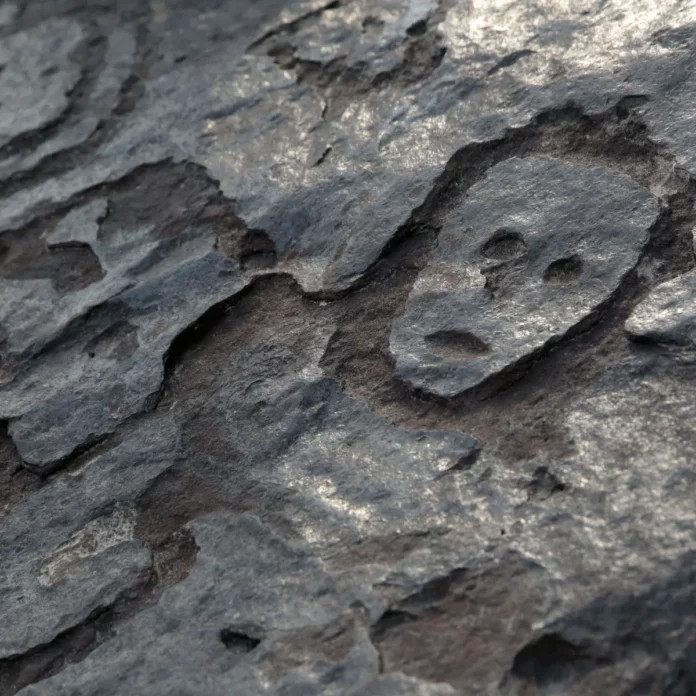
At the “Encontro das Águas” (Meeting of the Waters) site near Manaus, Brazil, the receding waters have exposed a variety of intricate carvings. Human faces, animals, and geometric shapes now adorn the newly visible rocks, captivating researchers and the public alike. Carlos Augusto da Silva, an Indigenous archaeologist from the Federal University of Amazonas, has been at the forefront of studying these enigmatic artworks.
Unraveling the Mystery of the Petroglyphs
Dating the Ancient Art
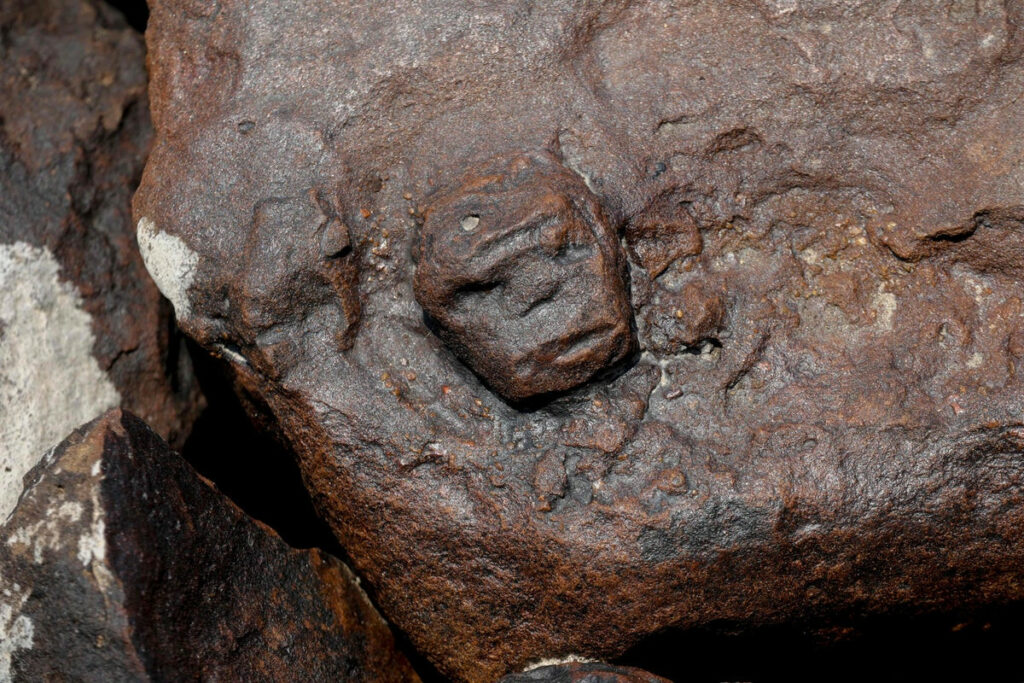
While the exact age of the petroglyphs remains uncertain, nearby ceramic artifacts date back approximately 2,000 years. This provides a contextual clue to the potential age of the carvings, though experts caution that the creators of the ceramics and the petroglyphs may not necessarily be the same group.
Significance and Interpretation
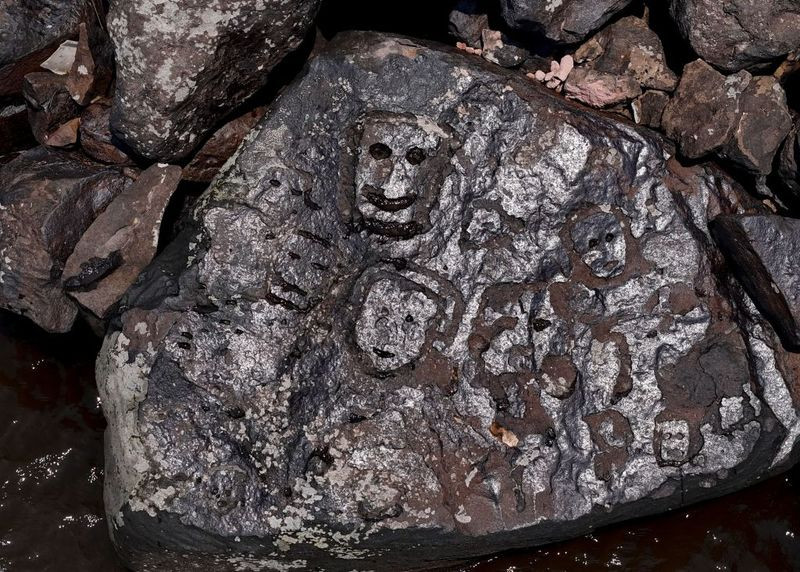
The petroglyphs challenge historical perceptions of indigenous Amazonian societies, showcasing their artistic sophistication and cultural richness. Eduardo Góes Neves, an archaeologist from the University of São Paulo, emphasizes the rarity of this exposure, offering an unprecedented opportunity to study these ancient engravings in their current context.
Preservation Efforts and Future Implications
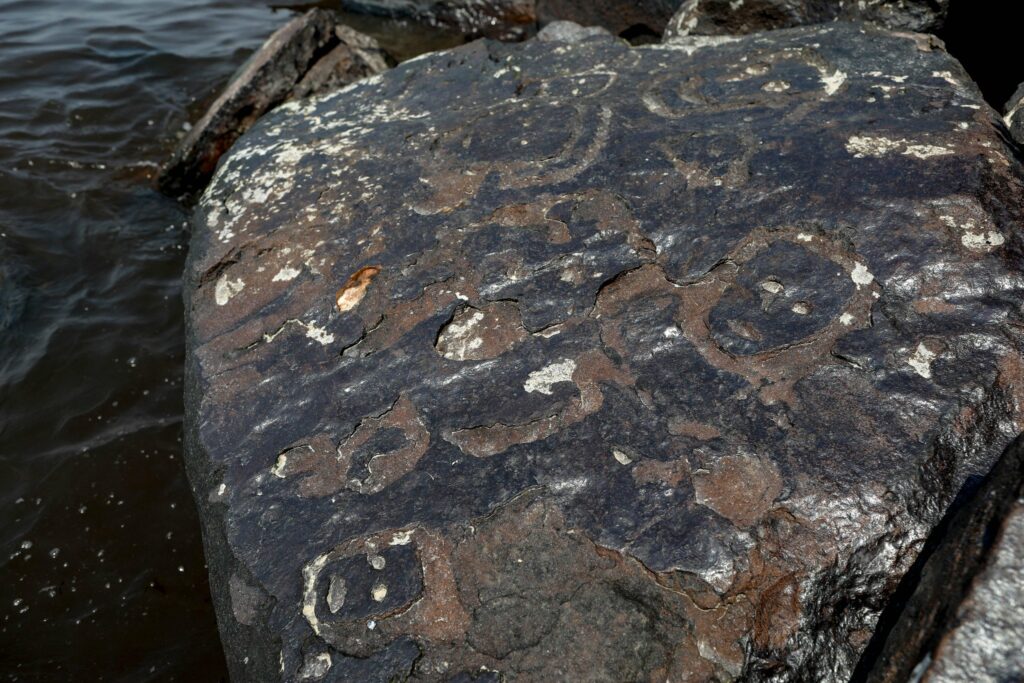
As interest in the site grows, concerns about preservation have emerged. Brazil’s National Historical and Artistic Heritage Institute (IPHAN) plans to implement educational activities to promote environmental and heritage preservation. These efforts aim to balance public curiosity with the need to protect these invaluable historical artifacts.
A Window to the Past, A Lesson for the Future
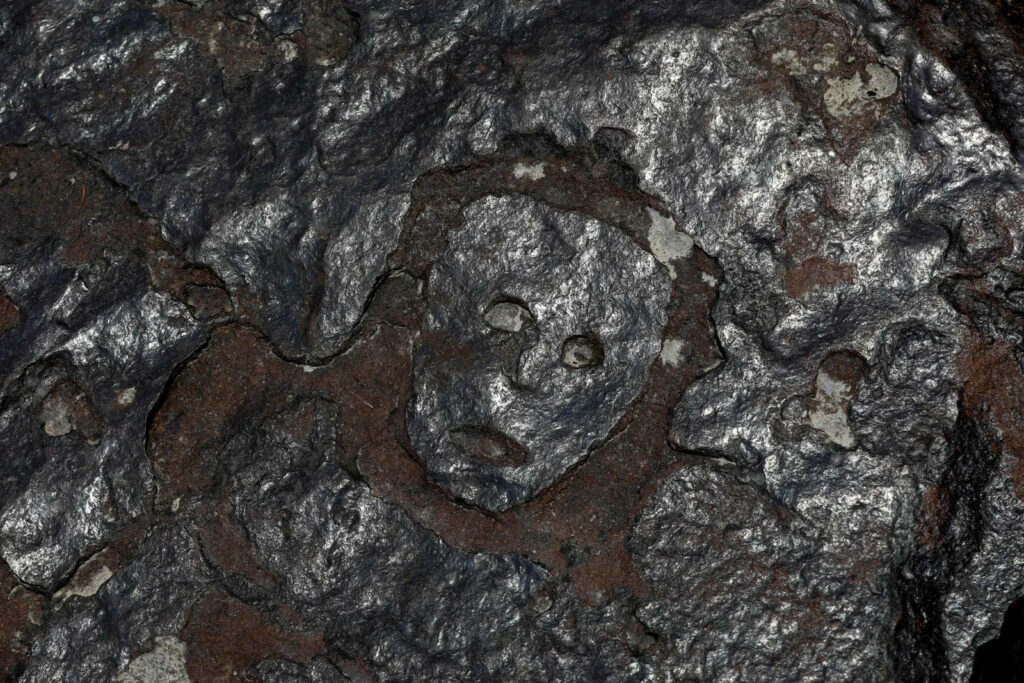
The emergence of these petroglyphs not only enhances our understanding of ancient Amazonian cultures but also highlights the ongoing impact of environmental changes on our access to historical artifacts. As we marvel at these newly revealed treasures, we are reminded of the delicate balance between uncovering the past and preserving it for future generations.
